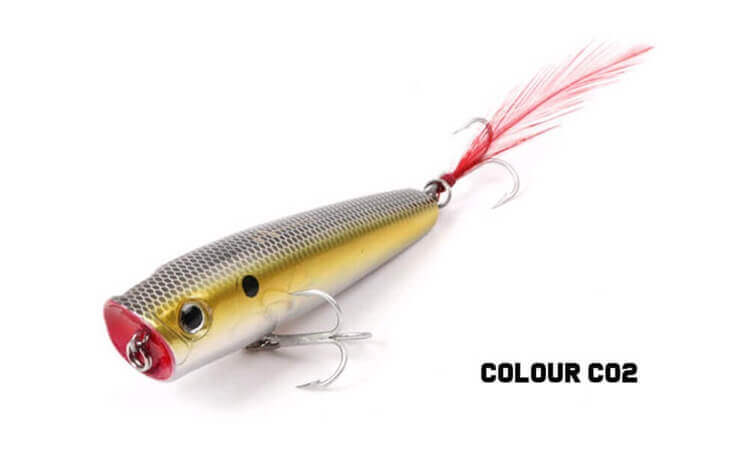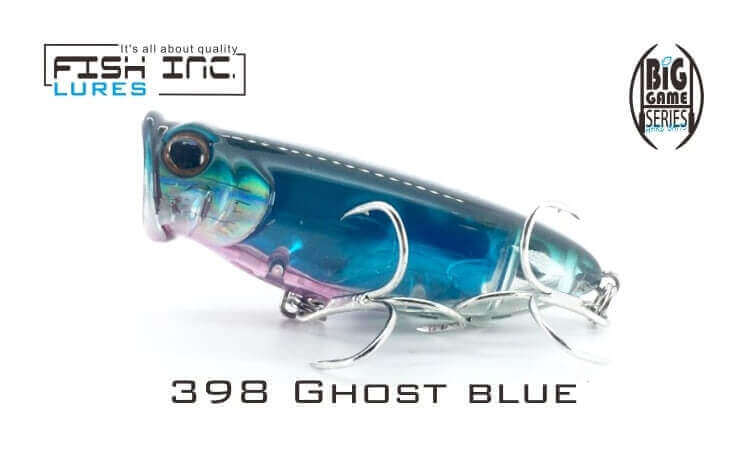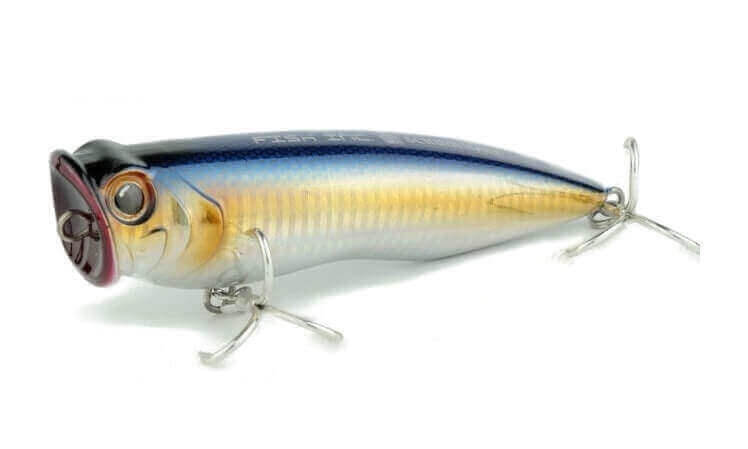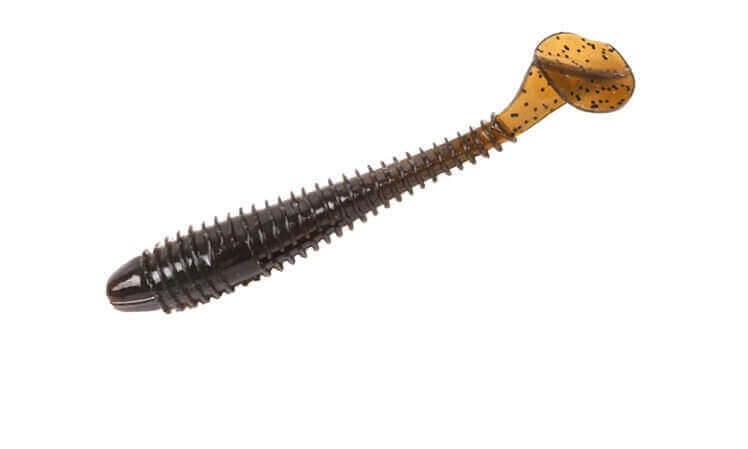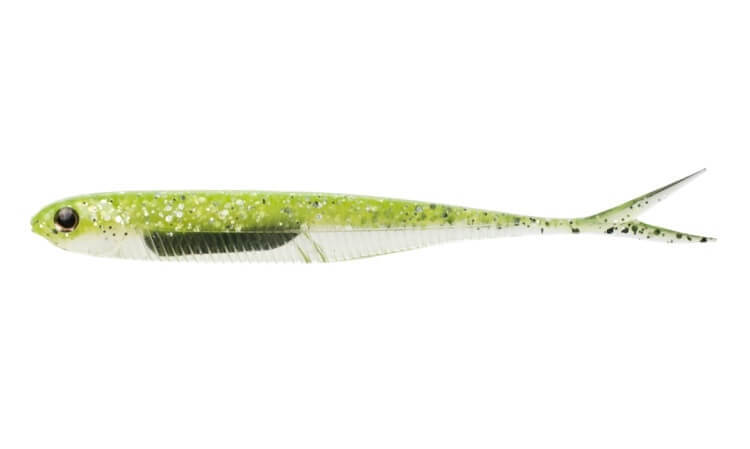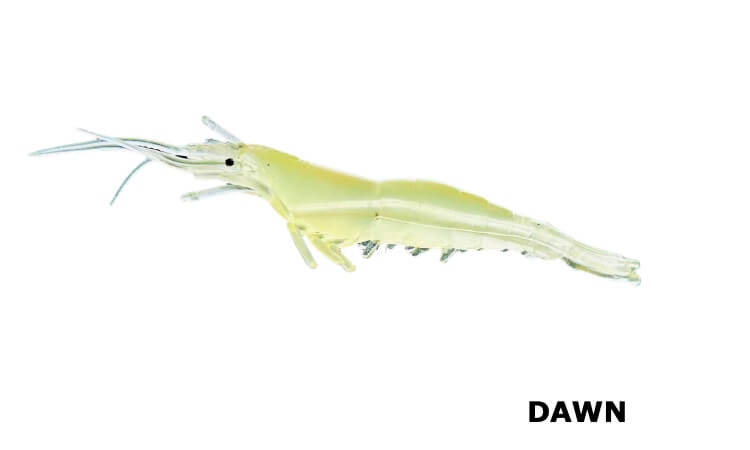
Surface Poppers & Floating Lures
Surface lures to target a range of fish species from Kingfish to Barra and Bream, Tailor, Queenfish and GT’s.
Popper fishing lures
Are designed to imitate bait fish or insects in distress on or near the surface, attracting the attention of predatory fish species looking for that easy feed.
Surface Poppers for Fishing
GT Lures has a range of Popper fishing lures from Kingfish to Barra and Bream, Tailor, Queenfish and GT’s. Popper fishing lures are designed to imitate baitfish or insects in distress, attracting the attention of predatory species looking for that easy feed.
Browse through our lures below or select from the Lure Categories or Lure Brands to fnd the right Lure for your target species or situation.
How to use surface popper lures effectively:
1. Choose the Right Rod and Reel: Select a fishing rod and reel that are suitable for the size of fish you are targeting. A medium to heavy action rod with a fast retrieve reel is recommended.
2. Attach the Popper Lure: Tie the popper lure to your fishing line using a secure knot, such as a Palomar knot or an improved clinch knot. Make sure the knot is tight to prevent the lure from coming off during casting or retrieving.
3. Cast the Lure: Find a suitable location with fish activity, such as near structure, weeds, or drop-offs. Cast the popper lure beyond the desired fishing area, allowing it to make a splash or "pop" as it lands on the water's surface.
4. Retrieve the Lure: Start by reeling in the slack line while using a rhythmic and consistent motion to create a popping sound. This can be achieved by giving short, sharp tugs on the fishing rod. The popping action imitates a wounded or struggling prey, attracting fish to the lure.
5. Vary the Retrieve: Experiment with different retrieval techniques to determine what the fish are responding to. You can try a steady retrieve, a stop-and-go retrieve, or a combination of both. Sometimes, pausing the retrieve can entice fish to strike.
6. Pay Attention to Strikes: Watch for any movement or disturbances around the lure when retrieving. When a fish strikes, you may see a splash or feel a sudden tug on the line. It's important to stay focused and be prepared to set the hook when you feel a strike.
7. Set the Hook: When you feel a fish bite, quickly and firmly jerk the rod upward to set the hook. This motion should be swift but not excessive to avoid tearing the hook out of the fish's mouth. Keep a steady pressure on the fish while reeling it in.
8. Land and Release the Fish: Once you have successfully caught a fish, carefully bring it near to the water's edge or onto the boat. Use a landing net or grip the fish gently by its lower lip to avoid injury. If you plan to release the fish, handle it with wet hands, remove the hook carefully, and release it back into the water.
Remember, the effectiveness of popper lures can vary depending on the species of fish, location, and time of day. It may take some practice and experimentation to find the best techniques for your specific fishing conditions.
